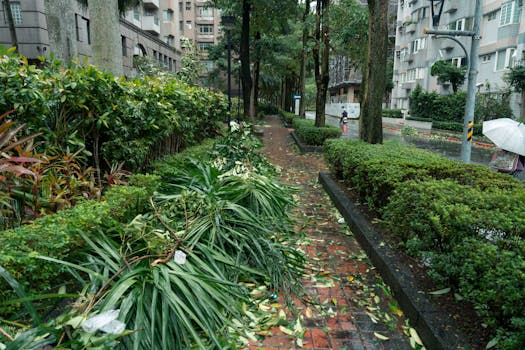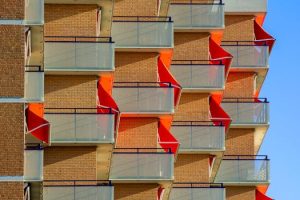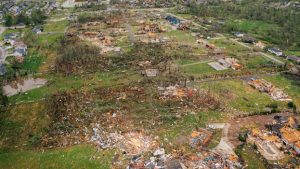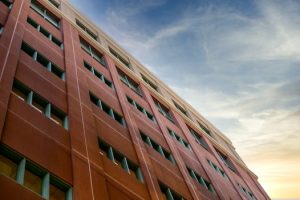Green Infrastructure: Urban Parks and Green Roofs for Climate Resilience
The effects of climate change are becoming increasingly evident, with extreme weather events such as heat waves, floods, and droughts becoming more frequent and severe. As the majority of the world’s population now lives in cities, urban areas are particularly vulnerable to these changes. However, there is a growing recognition of the importance of green infrastructure in mitigating the impacts of climate change. In this article, we will explore the role of two types of green infrastructure – urban parks and green roofs – in promoting climate resilience in cities.
The Importance of Green Infrastructure
Green infrastructure refers to the natural or semi-natural features within the urban environment that provide ecological, social, and economic benefits. It includes parks, green spaces, green roofs, urban forests, and wetlands. With the increase in urbanization, the majority of green spaces in cities have been replaced by buildings and impermeable surfaces such as concrete and asphalt.
However, this trend is now being challenged as cities recognize the need for green spaces to improve the quality of life for their residents and to combat the negative impacts of climate change. Green infrastructure can help regulate the urban climate, reduce air and water pollution, provide habitats for biodiversity, and improve mental health and well-being. It also plays a crucial role in promoting climate resilience in cities.
Urban Parks for Climate Resilience
Regulating Urban Heat Island Effect
The urban heat island effect is a phenomenon where cities experience higher temperatures than surrounding rural areas due to the concentration of human activities and the lack of vegetation. This can result in heat-related illnesses, increased energy consumption for cooling, and decreased air quality. Urban parks, with their large areas of vegetation and water bodies, can help mitigate this effect by providing shade, evaporative cooling, and reducing heat absorption.
Reducing Flood Risk
The increasing frequency and intensity of heavy rainfall events in cities can lead to flooding, causing damage to infrastructure and threatening the safety of residents. Urban parks with their permeable surfaces and green infrastructure features such as bio-retention basins and wetlands can help reduce the impact of flooding by absorbing and storing excess water.
Improving Air Quality
Poor air quality is a major issue in urban areas, and it is linked to adverse health effects such as respiratory and cardiovascular diseases. Vegetation in urban parks helps remove pollutants such as particulate matter and nitrogen dioxide from the air, improving air quality and reducing the risk of health problems for city dwellers.
Green Roofs for Climate Resilience
Reducing Urban Heat Island Effect
Similar to urban parks, green roofs can also help reduce the urban heat island effect by providing insulation and evaporative cooling. The vegetation on roofs helps to reduce heat absorption and reflects sunlight, resulting in cooler building temperatures and lower energy consumption for cooling.
Managing Stormwater
Green roofs absorb and retain rainwater, reducing the strain on urban drainage systems and decreasing the risk of flooding. They also help filter pollutants and remove excess nutrients from stormwater, improving water quality in urban areas.
Promoting Biodiversity
Green roofs provide habitats for birds, insects, and plants that are essential for urban biodiversity. With the loss of natural habitats in cities, green roofs can play a crucial role in providing refuge for species and promoting their survival.
The Role of Green Infrastructure in Building Resilient Cities
As cities become more vulnerable to the impacts of climate change, it is crucial to integrate green infrastructure into urban planning and development. While urban parks and green roofs have individual benefits, when combined, they create a more resilient urban environment.
The implementation of green infrastructure requires collaboration between various stakeholders, including city planners, developers, and residents. Many cities around the world, such as Copenhagen, Singapore, and Portland, have already integrated green infrastructure into their urban development plans, showcasing the role it can play in building climate-resilient cities.
Conclusion
Green infrastructure, including urban parks and green roofs, has proven to be an effective strategy in promoting climate resilience in cities. It helps regulate urban temperatures, mitigate the impacts of flooding, improve air and water quality, and promote biodiversity. As cities face the challenges of climate change, it is essential to prioritize the incorporation of green infrastructure into urban development to build more sustainable and resilient cities for the future.











